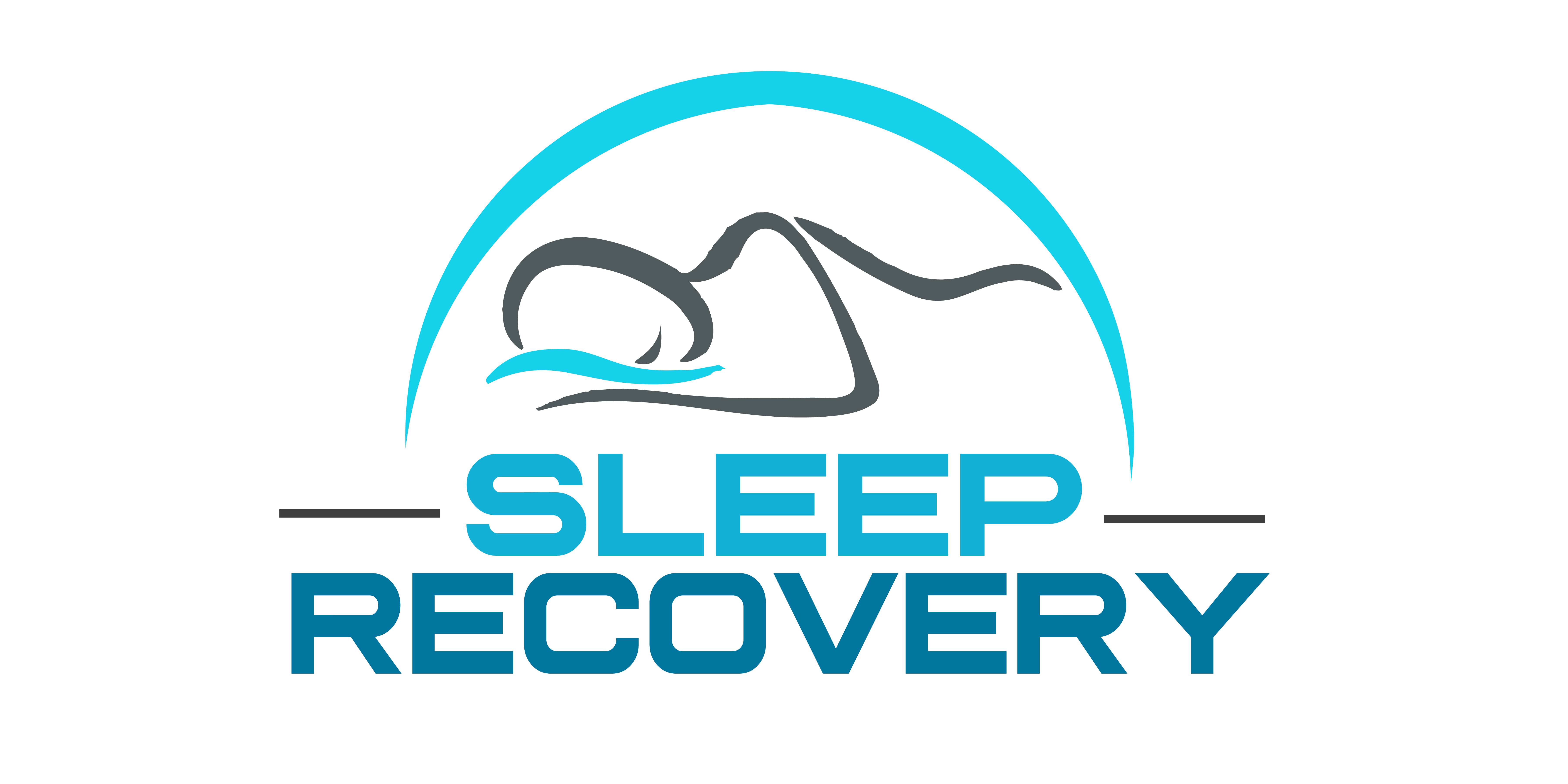Best Insomnia Treatments 2025
Moving Beyond Quick Fixes to Real Solutions
Millions of Americans lie awake night after night, watching the red numbers on their alarm clock tic downward, desperately hoping for restful sleep that eludes them. If you’re one of the many who have chronic insomnia, you know the particular kind of despair that comes with this nightmarish condition. This exhaustion seeps into every aspect of your life, the frustration of another sleepless night and the growing anxiety as bedtime approaches.
The search for relief often feels endless. Open your browser, and you’re instantly bombarded with ads for miracle cures: special pillows, meditation apps, herbal supplements, light therapy glasses, and countless other products promising to be the solution you’ve been seeking. Each one claims to be the breakthrough that will finally help you sleep, backed by testimonials and flashy websites. Yet for most chronic insomnia sufferers, these quick fixes provide little more than temporary relief, if any at all.
The Medical System’s Blind Spot
Perhaps most frustrating is how the medical system itself often fails to understand or adequately address chronic insomnia. Walk into most primary care offices, psychiatrist practices, or psychology clinics with insomnia complaints, and you’ll likely be immediately referred for a sleep study. While well-intentioned, this standard response reveals a fundamental misunderstanding of chronic insomnia.
Sleep studies, particularly the home testing variety, are designed to detect sleep apnea – those moments when breathing stops during sleep, causing oxygen levels to drop. While sleep apnea is undoubtedly severe and requires treatment, these studies do nothing to diagnose or address chronic insomnia. It’s like going to the doctor with a broken arm and being tested for diabetes – both are medical conditions, but they require entirely different approaches.
The Hidden Connection
What’s particularly concerning is that recent research has revealed that up to 86% of patients who test positive for sleep apnea also have co-occurring insomnia. This condition typically goes completely undiagnosed and untreated. These patients might receive a CPAP machine to address their breathing issues, but their underlying sleep initiation and maintenance problems remain unaddressed.
Think about that number for a moment: 80%. That means the vast majority of people being treated for sleep apnea are only receiving half the care they need. Their difficulty falling asleep, staying asleep, or getting restful sleep isn’t addressed.
What Works: Top 5 Effective Treatments
After years of research and clinical experience, several approaches have emerged as genuinely effective long-term solutions for chronic insomnia. Here are the treatments that deliver results:
- Amplitude-Based Neurofeedback The most promising development in insomnia treatment comes from Sleep Recovery, Inc., which has pioneered telehealth-based amplitude-based neurofeedback therapy for insomnia and its co-occurring condition, anxiety. This approach directly addresses the brainwave patterns associated with chronic insomnia, helping to restore natural sleep architecture. Unlike traditional treatments that mask symptoms, amplitude-based Neurofeedback addresses the issue at its source, within the brain’s EEG structural flow.
- Cognitive Behavioral Therapy for Insomnia (CBT-I) is not to be confused with regular therapy. It is a structured program designed explicitly for insomnia. The Stanford Sleep Medicine Center and New York Sleep Institute have robust programs that combine behavioral modifications with cognitive techniques to address the thoughts and behaviors perpetuating insomnia.
- Chronotherapy The Sleep and Chronobiology Center at Northwestern University leads the field in chronotherapy, which involves precisely timed light exposure and lifestyle adjustments to reset disrupted circadian rhythms. It isn’t just about avoiding blue light before bed—it’s a comprehensive approach to realigning the body’s internal clock.
- Mindfulness-based sleep Restoration Programs, like the one at UCLA’s Mindful Awareness Research Center, combine traditional mindfulness techniques with specific protocols for sleep restoration. This isn’t simple meditation—it’s a structured approach to changing how the brain processes sleep-related anxiety and arousal.
- Integrated Sleep Medicine Centers, like the Mayo Clinic’s Center for Sleep Medicine, take a comprehensive approach. They combine multiple treatment modalities based on individual patient needs. These might include elements of the above treatments and specialized interventions for co-occurring conditions.
The Reality of America’s Sleep Crisis
The statistics paint a stark picture of our national sleep crisis:
- 30% of Americans suffer from chronic insomnia
- 70% of adults report insufficient sleep at least one night per month
- 11% of adults report insufficient sleep every night
- Work productivity losses due to poor sleep cost employers $411 billion annually.
- Insomnia increases the risk of depression by 400%
- People with chronic insomnia are 3 times more likely to develop anxiety disorders.
The human cost is even more significant than these numbers suggest. Chronic insomnia affects every aspect of life: relationships suffer, career advancement stalls, physical health deteriorates, and mental well-being erodes. The constant exhaustion colors every experience, making even simple tasks feel overwhelming.
Moving Forward
The good news is that effective treatments exist, even if they’re not always easy to find. The key is to move past the quick fixes and one-size-fits-all approaches to find solutions that address the root causes of chronic insomnia. Whether through Neurofeedback, comprehensive sleep medicine, or other evidence-based approaches, real help is available.
For those struggling with chronic insomnia, the path to better sleep starts with understanding that you’re not alone, your struggle is accurate, and despite what you might have experienced so far, effective treatment is possible. It might not come in the form of a pill or a gadget, but through comprehensive approaches that address the complex nature of chronic insomnia.
The future of insomnia treatment lies not in quick fixes or simple solutions but in personalized approaches that recognize and address the unique factors contributing to each person’s sleep difficulties. As we move forward, increasing access to these efficacious treatments becomes crucial for addressing America’s growing sleep crisis.
If you’re struggling with chronic insomnia, know that help is available. Start by seeking providers specializing in insomnia and offering comprehensive treatment rather than quick fixes. Your path to better sleep might take time, but with the proper treatment, restful nights are possible.
If you believe you may be in a personal crisis and may be considering harming yourself or others, please dial 911 immediately. The dispatchers are trained to connect you with the best crisis counselors in your area.


